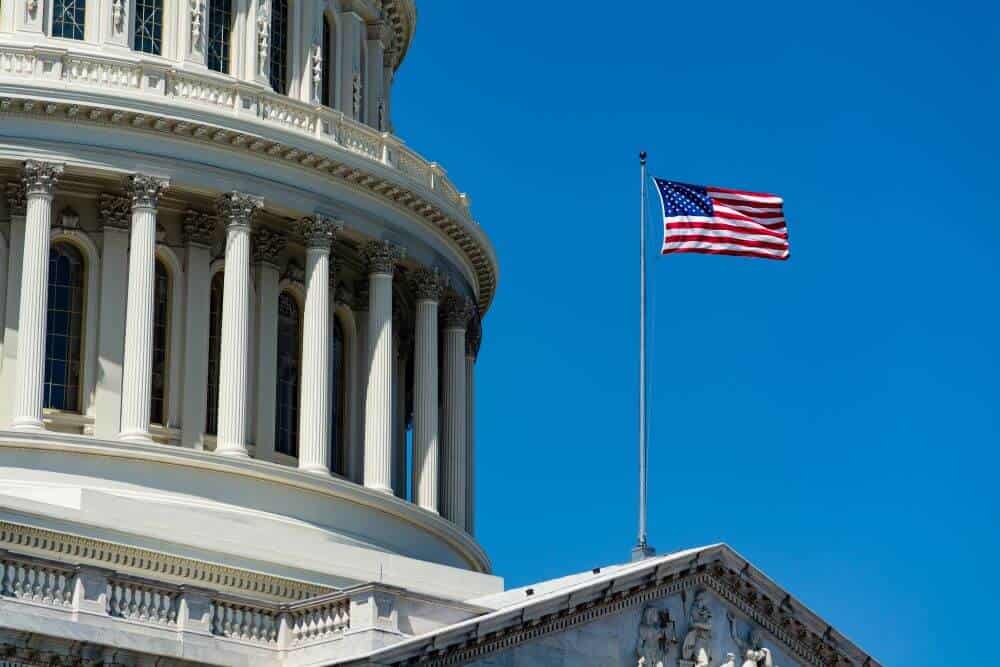
February 12, 2021

To the relief of many Atlanta area businesses and nonprofits another round of COVID-19 financial relief is coming, but final details on what and who will be covered and to what extent still linger. Congress is debating the specifics of what will be included in this latest round of relief; although after the Senate Democratic majority’s use of a budget resolution to pass muster, it is not a question of if the legislation will get passed, but when. Given the length and complexity of what is being called, the American Rescue Plan, many are wondering what type of relief is expected to be included when it is passed by Congress and signed into law. To help clients, prospects and others gain a clearer understanding of the expected relief, Wilson Lewis has provided a summary of the key details below.
To date, Congress approved almost $3.5 trillion in legislation to combat the economic and financial losses from COVID-19. On top of that, deferred and reduced taxes will further create at least $902 billion in tax relief to businesses and individuals (over two years).
New funding sources so far have included:
Interestingly, even though there was roughly $3 trillion available for COVID-related lending through the U.S. Treasury, only about $833 billion was currently utilized going into the end of 2020, according to an analysis on government spending.
The most recent relief bill, the Consolidated Appropriations Act, was part of a larger spending bill designed to extend or enhance certain tax provisions and benefits for American taxpayers.
The American Rescue Plan, as it is being called, is the newest coronavirus relief package. As of this writing, it is based on Biden’s $1.9 trillion proposal and Congress is working to write the actual legislation. Nine measures have already been approved by the House Ways and Means Committee, and together they make up more than half of the $1.9 trillion package. Other Committees are busy drafting the rest of the legislation.
The Senate passed several amendments before the spending bill was approved; while not law, the amendments are evidence of which legislative elements have the support needed to pass. Raising the federal minimum wage, for example, will not be included but it seems likely that a fund for restaurants and dining services will have bipartisan support.
Economic Impact Payments
As written currently, economic impact payments of $1,400 would be sent to:
Adult dependents would also receive checks this time, with slightly lower income phaseout levels.
Biden and Democrats are pushing for $1,400 checks – bringing the total to $2,000 per person when the Consolidated Appropriations Act’s $600 payments are included.
It is estimated that 93.3% of all filers would receive some sort of payment.
Enhanced Child Tax Credit
The child tax credit is currently $2,000 per child up to age 17. The American Rescue Plan proposes increasing the credit to $3,600 per year for children under age six and $3,000 per year for children between the ages of six and 16. The way the child tax credit is claimed would change for one year; instead of claiming the full amount at tax time, families would receive the credit split up into 12 equal installments. Eligibility would be extended to dependent children aged 17 and allow households without income tax liability to receive the full credit amount.
While some say that monthly payments could begin as early as this summer, others indicate it would take several months for the IRS to develop the framework to process the comprehensive change.
In another move for families with children, the new COVID-19 relief bill would temporarily increase the Child and Dependent Care Tax Credit from $1,050 per child to $4,000 for one child or $8,000 for two or more children. Taxpayers with an adjusted gross income of $400,000 or more would be ineligible.
Earned Income Tax Credit
The Earned Income Tax Credit would be expanded for the 2021 tax year with a reduced age to claim it – 19 instead of the current 25. The upper age limit of 65 would be eliminated. Maximum EITC amounts and income phaseouts would also increase temporarily. Also, the amount of investment income that ordinarily disqualifies a taxpayer from receiving EITC – less than $3,600 – would increase to $10,000.
Business Tax Credits
Employer-provided paid sick leave originally enacted under FFCRA and extended through March 2021 would be extended again – this time through September 30, 2021. This time, eligible wages would be expanded from $10,000 to $12,000 and the leave can be used if the employee receives a COVID-19 vaccine and has to take off work. The 10-day limitation for paid sick days would essentially start over after March 31, 2021.
The Employee Retention Tax Credit would be extended through December 31, 2021, and would permit employers to take a refundable credit against hospital insurance tax beginning after June 30, 2021.
Contact Us
The additional COVID-19 relief will provide additional benefits and savings to help businesses work through another year of the pandemic. While it is possible the specifics of the legislation could change over the coming weeks, the details offer important insight into the type of additional relief businesses can expect in the coming months. If you have questions about the information outlined above or need assistance with a tax or accounting issue, Wilson Lewis can help. For additional information call us at 770-476-1004 or click here to contact us. We look forward to speaking with you soon.